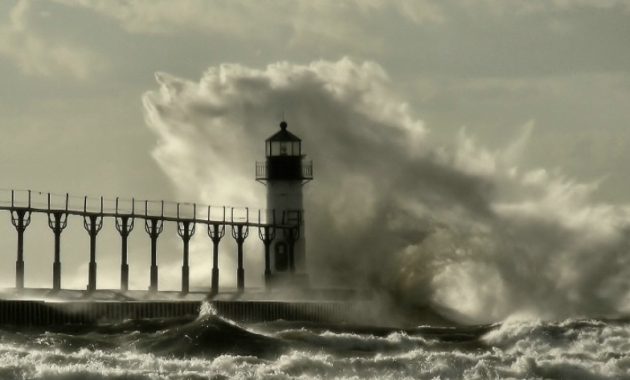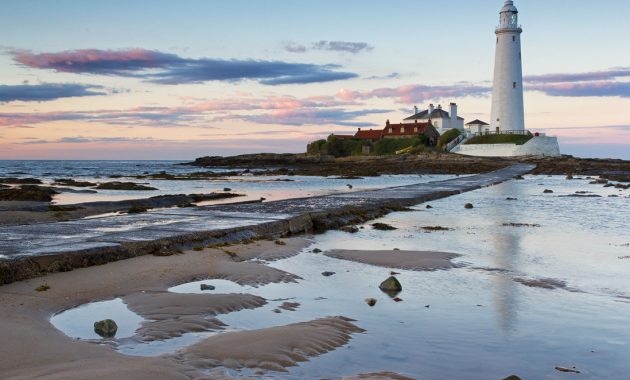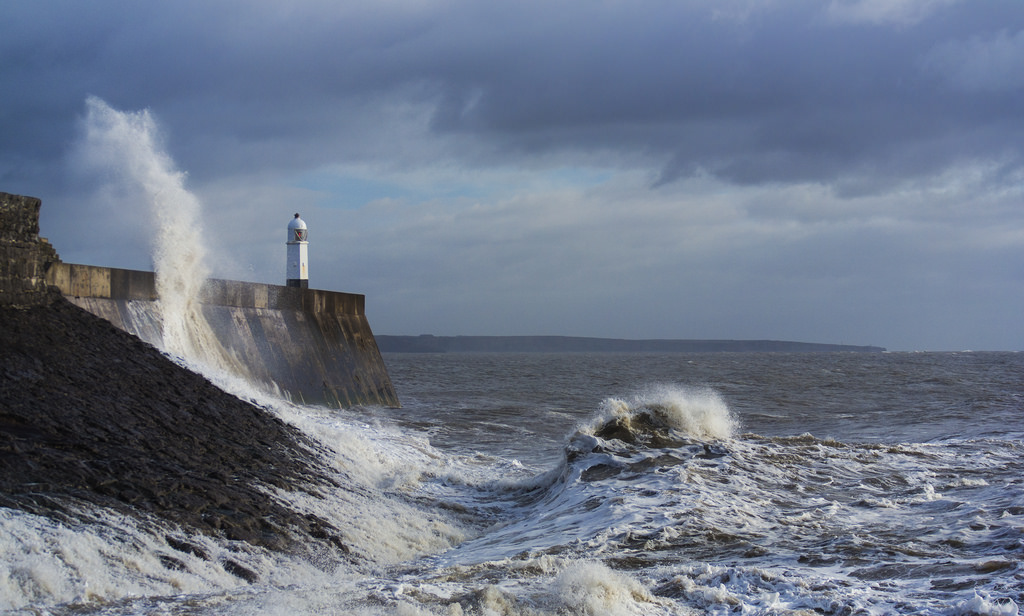Tide is the permanent changing sea level, which is produced by the force of the moon and the sun, mostly. There are other phenomens involves in the tide movement, but less important, like the atmospheric pressure.
The rains, winds and tsunamis can affect the atmospheric pressure, and the tide can be affected, but these changes can not be qualified as tides, is a different phenomena.
The most important element in the change of the tide is the moon. Although is six times less than the planet Earth, the moon has a gravity effect over the sea. In a normal day we can have around two high tides and two low tides.
Normally, it takes 6 hours from a low tide to a high tide, but this is not exact, many factors can interfere. The tides are very sensitive to the full moon, and the conection among the sun and the moon makes the tide grow faster.
There are two different types of tides: high tide and low tide.
High tide

This type of tide occurs when the ocean is at its higher peak. If the coast has some sand, in the high tide period, part of the sand will be under water.
If the beach is short, it will not have space for recreational activities outside the water. This type of tide is not good in some places for activities like diving, fishing, surfing, etc, the possibilities of being dragged into the ocean are higher.
Low tide

This type of tide is the opposite of the high tide, at this moment the ocean is at its lowest level. During this time the beach is wide and some marine life appears in the scenary, we can find crabs and clams trying to eat and survive in the sand. It can be very dangerous for surfing in places with reef.
